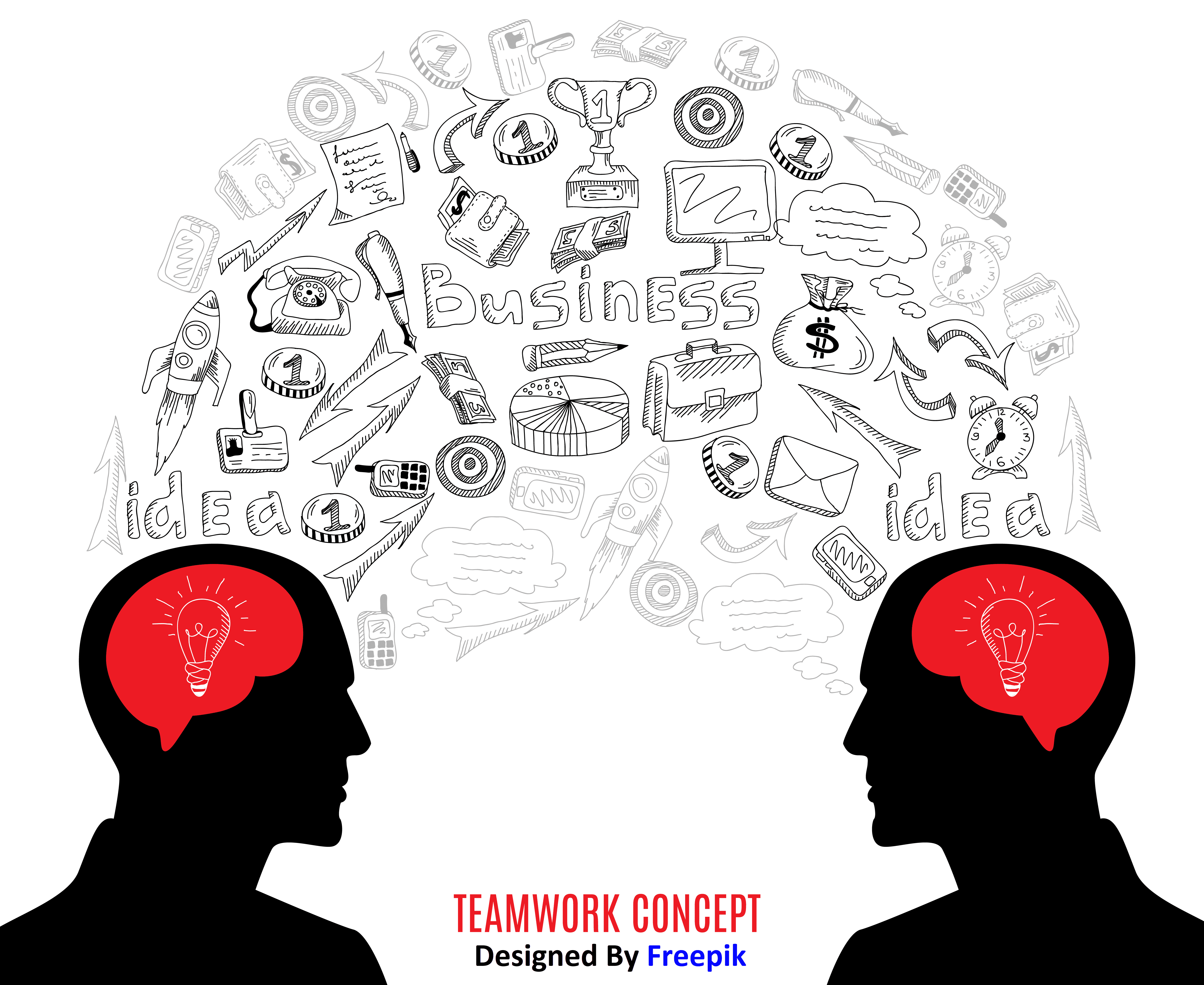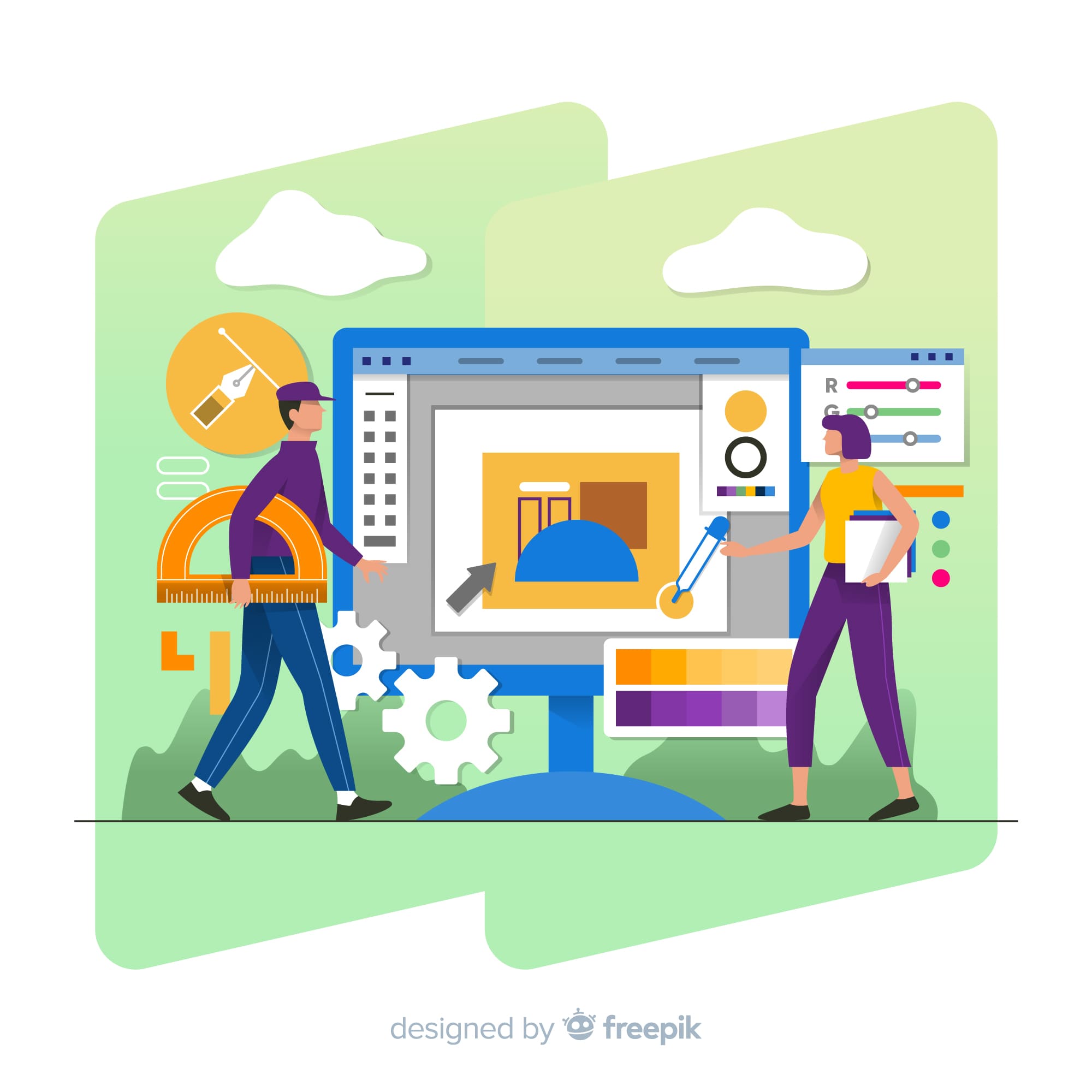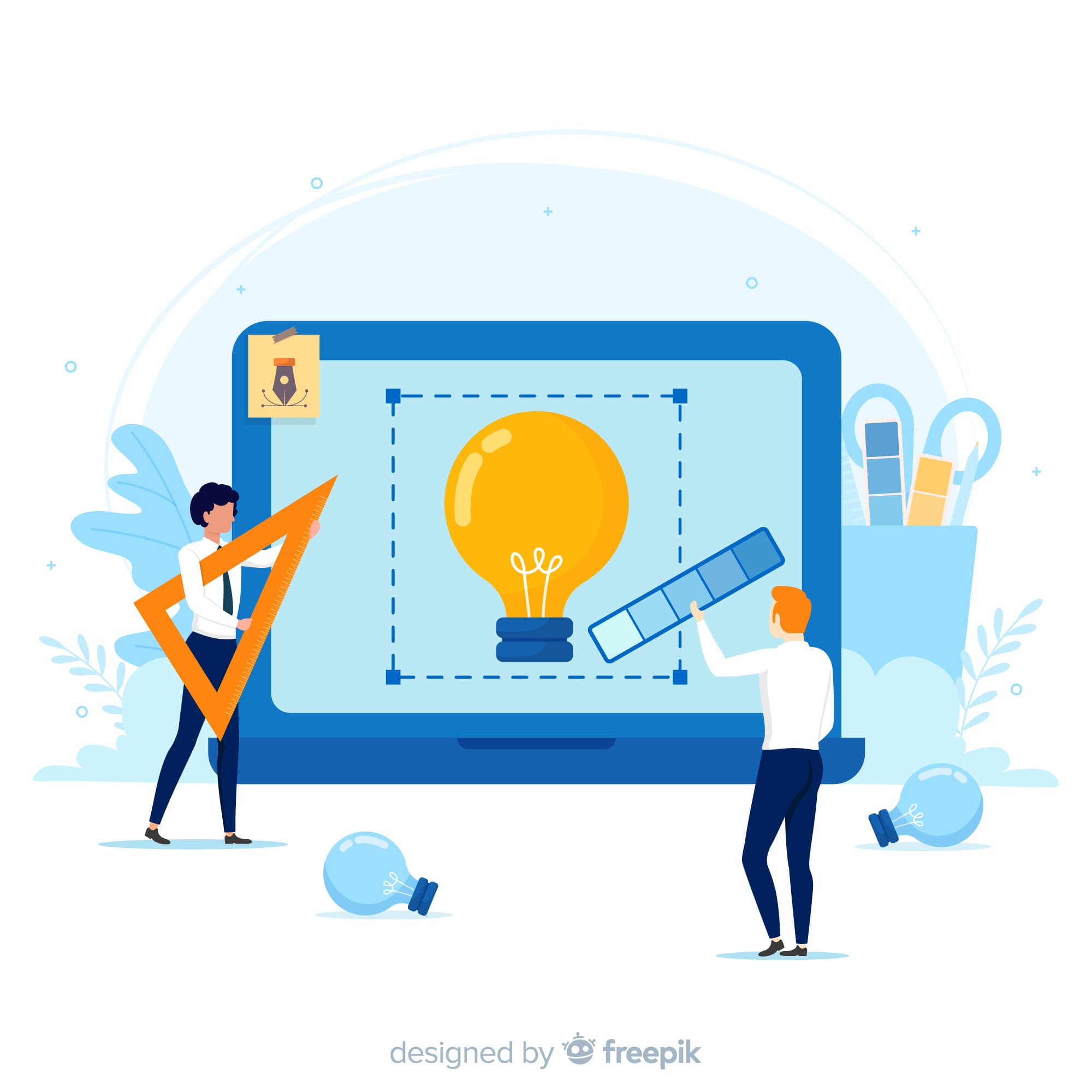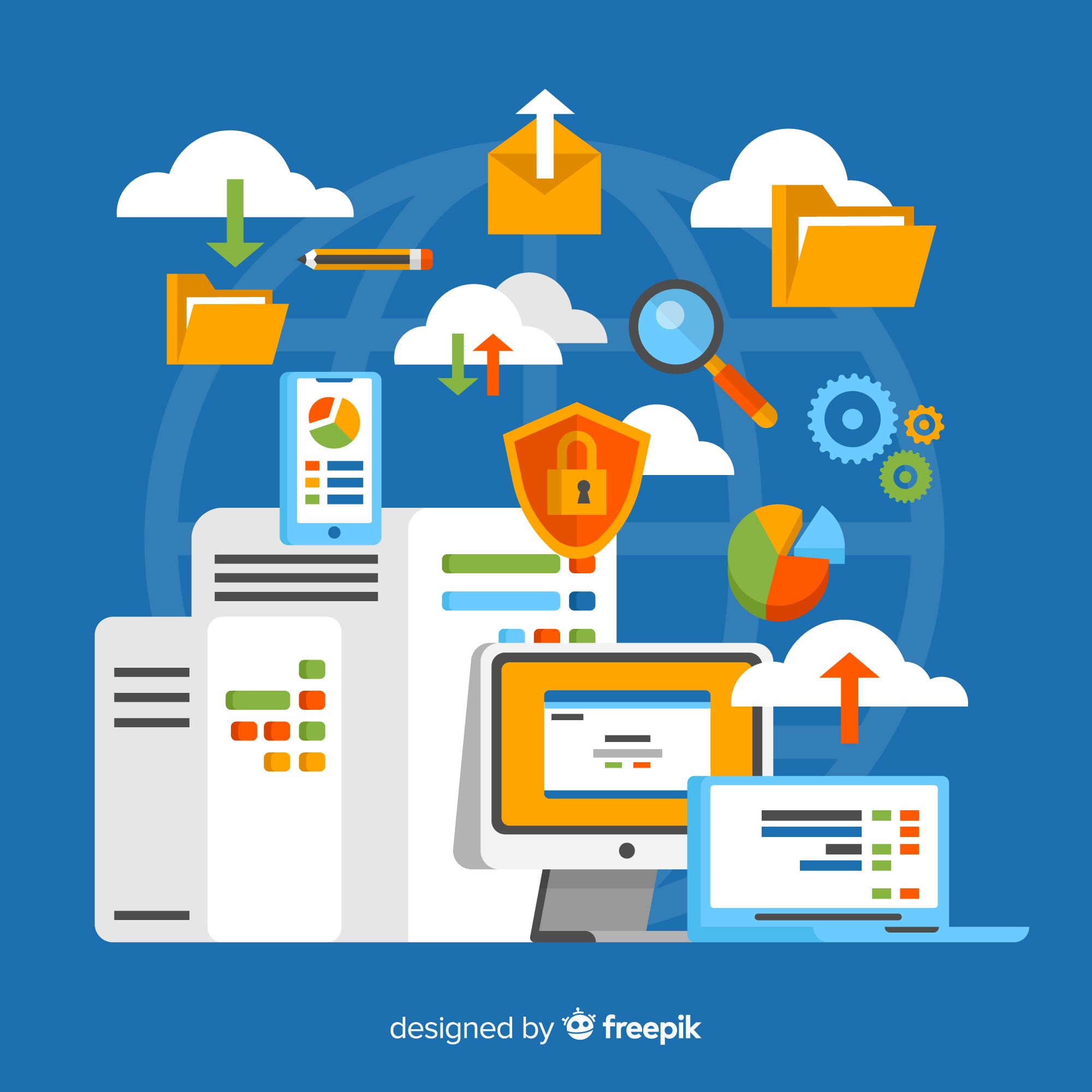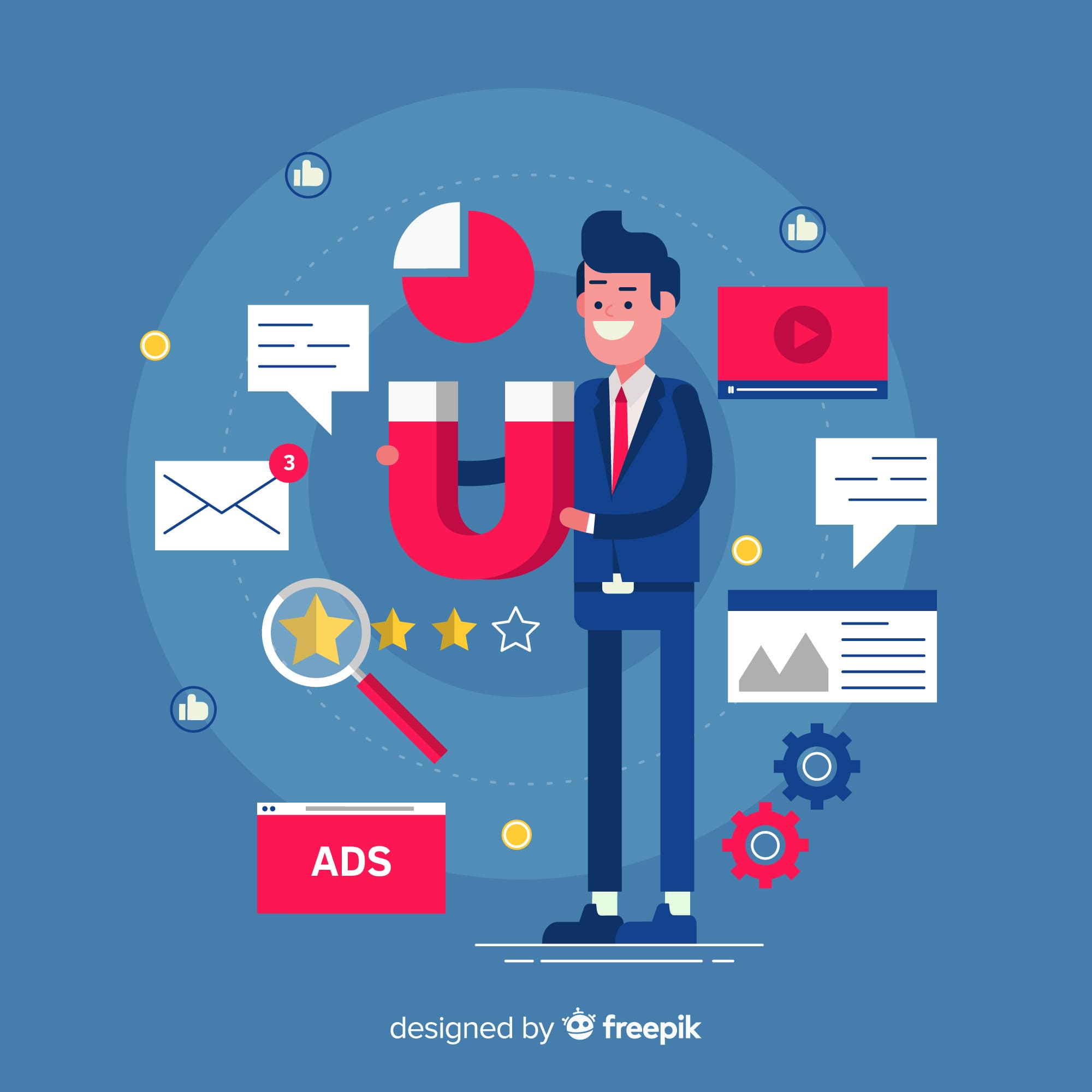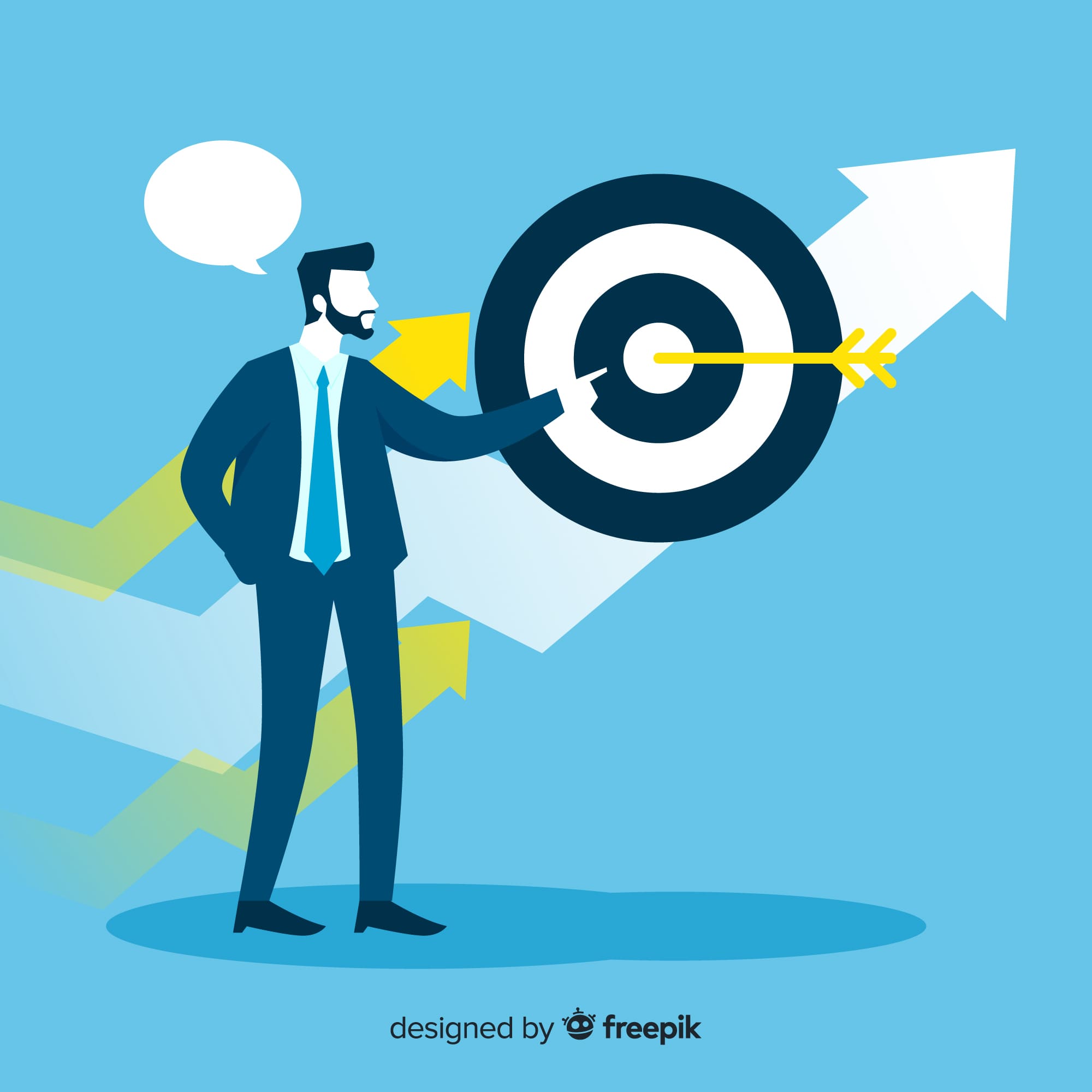A great product idea is the first step to becoming a leading entrepreneur in your industry. But it takes a lot of attempt and creativity to enter the manufacturing process and release the product to potential customers. This article explains the benefits of product conceptualization, the steps you need to take to create a product idea, and lists some tips for inventing your own.
1. What Kind of Idea is it?
Until you know your idea could be the next Tetrapak or Post-it, an objective opinion will help confirm what chance it has of getting it off the drawing board.
Find someone whose opinion you value (preferably an experienced product designer or business-minded person) and ask them.
Following are the types of questions you may want to challenge.
What is the problem?
Starting with the problem it solves:
• How did the idea come about?
• What provoked or motivated it?
• Is it rooted in a situation you encountered or noticed?
• Is it because of something you do?
• Is it technology-led? See something inspiring and want to use it in a different application?
• Have you researched your market? What is its price?
• What benefits does your idea bring to people?
• How would you describe its key features?
Study your competition
• What’s already out there and its success
Differentiation
• How is your solution different from others?
• Why choose your brand or product?
• Does it use better materials?
Managers with sufficient experience and a strategic vision of the company, competition, clients, and suppliers are critical to this process.
2. Measuring the Opportunity:
Once you have gathered information about market trends and your strategic objectives, the next step is to analyse the product-ready segments and predict future buying habits as closely as possible.
3. Develop the Concept:
In this phase, the new product concept is refined to meet the needs of potential customers and stand out from the competition.
How can this be achieved? Get opinions from leading users who can feel the market’s future needs. Also, rely on a team with proficiency in various disciplines: design and production people for technical requirements, marketing experts to reach customers, and finance and management departments to determine the funds available.
4. Testing, Product:
You need to build your prototype and evaluate how well it works. Is your product:
• Offer a series of features that meet customer needs?
• Reach the market at the right time?
• Work efficiently concerning development and production costs?
• Maintain a healthy balance between launch cost and product profitability?
5. Position and Launch:
After designing an in-depth study of the product, the next step is to decide on its strategic position. How do you want potential customers to observe the product? At this stage, one must consider financial, functional, and emotional factors.
Traditionally, functional innovations were a highlight in new products. But this has become less defensible in the current environment, as technological advances allow competitors to respond and innovations to enter the market quickly. When competing products have the same price and features, the difference is mainly due to an emotional factor. It is at the heart of the relevance of brand image, communication, and the so-called intangible attributes of a service or product.
Resource:
https://www.forbes.com/sites/iese/2016/06/01/five-steps-to-develop-a-new-product/?sh=51fc6b492eef
https://www.imaginationfactory.co.uk/blog/post/3968/Idea-to-Product-in-5-Steps/
Disclaimer:
Wherever any material is quoted as sourced from the published text with publishing rights vested in an individual, it is stated that it is a pure quotation and has no intention to claim it as our own.
Image Source: www.freepik.com
